Strabismus isn’t just a cosmetic issue-it’s a neurological and visual problem that can change how you see the world. When one eye turns inward, outward, up, or down while the other looks straight ahead, the brain gets conflicting signals. In kids, this can lead to permanent vision loss in the turned eye. In adults, it often means double vision, headaches, and social anxiety. Many people think it’s something you grow out of, but that’s not true. About 5 out of every 100 children have it, and it doesn’t disappear on its own. For many, surgery is the only way to fix it for good.
What Strabismus Really Looks Like
You might notice a child blinking one eye often, tilting their head to see better, or avoiding eye contact. In adults, it’s often sudden-after a stroke, head injury, or even without warning. The eye doesn’t just wander randomly; it follows a pattern. The most common type is esotropia, where one eye turns inward toward the nose. That’s about half of all cases. Then there’s exotropia, where the eye drifts outward, often when someone’s tired. Less common are hypertropia (eye turns up) and hypotropia (eye turns down).
It’s not always obvious. Some people have intermittent strabismus-only when they’re tired, sick, or looking far away. Others have it all the time. The real problem isn’t the look-it’s what’s happening inside the brain. When the eyes aren’t aligned, the brain starts ignoring input from the turned eye to avoid double vision. That’s how amblyopia, or lazy eye, develops. If left untreated before age 8, that vision loss can become permanent.
Why Your Eyes Don’t Work Together
Strabismus isn’t caused by weak eye muscles. That’s a myth. The muscles themselves are usually fine. The problem is in the brain’s control system. The brain sends signals to the eye muscles telling them how to move. When those signals get mixed up, the eyes don’t lock onto the same spot. In kids, this often runs in families-about 30% of cases have a relative with strabismus. In adults, strokes, head trauma, and nerve damage (especially to cranial nerves IV or VI) are the main culprits. About 12% of adult cases are due to this kind of nerve paralysis, called paralytic strabismus. It comes on suddenly and often includes dizziness, nausea, and severe double vision.
Some kids with strabismus are farsighted. Glasses can fix that by reducing the strain that causes the eye to turn inward. But for most, glasses alone aren’t enough. Patching the stronger eye helps the weaker one catch up, and vision therapy trains the eyes to work together. But if the misalignment is big-more than 15 prism diopters-or if double vision won’t go away, surgery becomes the next step.
Surgery: What Happens During the Procedure
Strabismus surgery doesn’t remove or cut any part of the eye. It adjusts the muscles that control eye movement. Two main techniques are used: recession and resection. Recession means moving the muscle farther back to weaken it. Resection means shortening the muscle to strengthen it. For a child with inward-turning eyes (esotropia), surgeons often do a bilateral medial rectus recession-loosening both inner eye muscles equally.
For adults, adjustable sutures are used in about 68% of cases. That means the surgeon doesn’t tie the muscle off permanently during surgery. Instead, they use a temporary knot that can be adjusted a few hours later, while the patient is awake. This lets the surgeon fine-tune the alignment based on how the eye responds right after surgery. It’s a game-changer for accuracy.
The surgery takes 45 to 90 minutes. Kids get general anesthesia. Adults usually get local anesthesia with sedation-so they’re relaxed but not fully asleep. The eye is held open with a small device, and the surgeon works through a tiny incision on the white part of the eye. No stitches are needed on the outside. The eye is covered with a patch for a day or two.
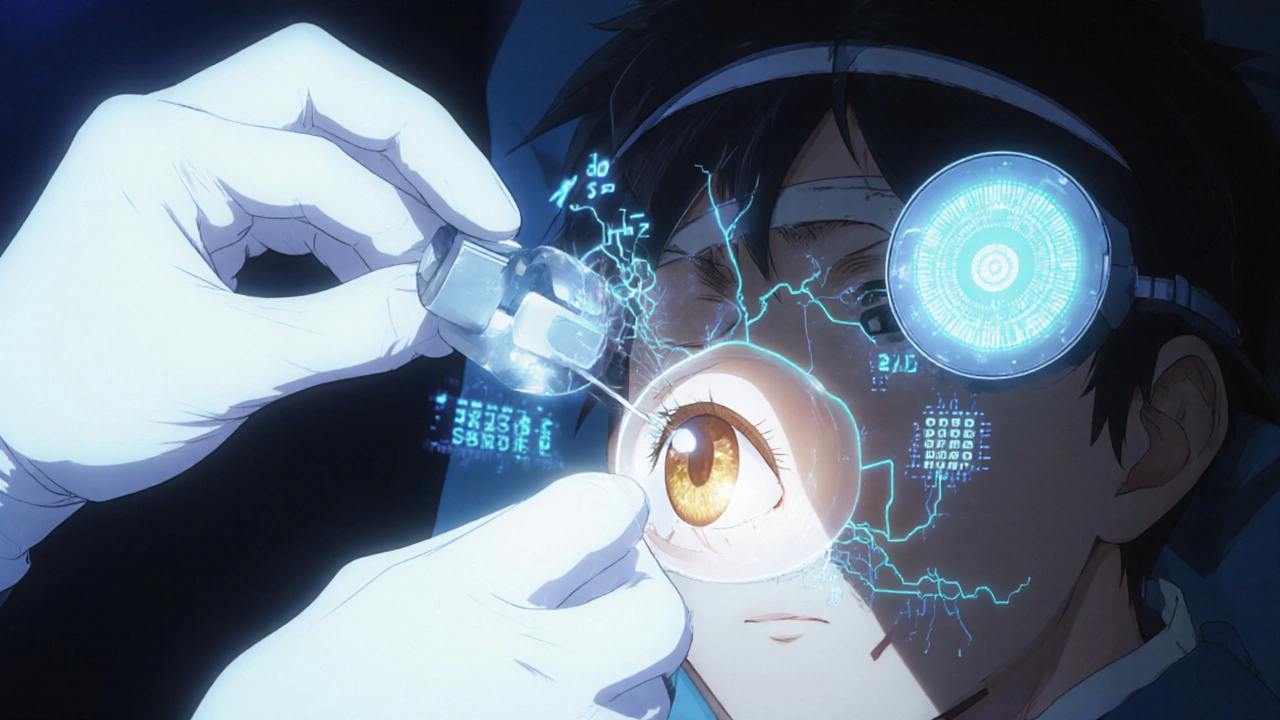
Success Rates and Realistic Expectations
Success isn’t perfect. About 60% to 80% of patients get good alignment after one surgery-meaning the eyes are within 10 prism diopters of each other. Kids under 2 have the highest success rates-75% to 85%. Adults? More like 55% to 65%. That’s because adult brains have already learned to ignore the misaligned eye, so retraining takes longer.
Undercorrection happens in 20% to 30% of cases. That means the eye still turns a bit, and a second surgery might be needed. Overcorrection-where the eye turns too far the other way-occurs in 10% to 15%. Temporary double vision is normal right after surgery. About 80% of patients feel it, but it usually fades in days or weeks. Rare complications include retinal detachment (0.1%) and infection inside the eye (0.04%).
But here’s the thing: surgery doesn’t always fix depth perception. Even if the eyes look straight, the brain might still struggle to use both eyes together. That’s why vision therapy after surgery is so important. Studies show patients who do post-op therapy have much better long-term results.
What Patients Really Say
On forums like Reddit and HealthUnlocked, people who’ve had surgery say the same thing: “I didn’t realize how much I was avoiding eye contact.” One man, 52, said after 30 years of double vision, he could finally read a book without squinting. Another woman said she stopped turning her head in meetings because she wasn’t afraid people would notice her eye.
But not everyone is happy. About 12% of patients say they’re disappointed with how their eyes look-even if the surgery worked medically. Why? Because they expected perfect symmetry, and slight differences remain. Others still get double vision, especially when tired. The key? Realistic expectations. Patients who talk to their surgeon about possible outcomes beforehand are 40% more likely to be satisfied.
Before and After: What the Process Looks Like
Getting surgery isn’t quick. First, you need a full eye exam-cover tests, prism measurements, binocular vision checks. That usually takes two or three visits over four to six weeks. Not every eye doctor does this surgery. Only about 35% of general ophthalmologists are trained in it. You’ll need to see a specialist with fellowship training in pediatric or neuro-ophthalmology.
After surgery, you’ll use antibiotic and anti-inflammatory eye drops every day for two weeks. Most people follow this closely-98% do. Vision therapy usually starts 4 to 6 weeks later. It’s not just exercises-it’s computer-based training that retrains the brain to use both eyes together. Follow-up visits happen at 1 day, 1 week, 3 weeks, and 6 weeks.
Recovery varies. Kids bounce back fast. Adults might feel soreness, redness, and blurred vision for weeks. Some take over six weeks to feel normal. And while most people can drive again in a week, it’s smart to wait until your doctor says it’s safe.
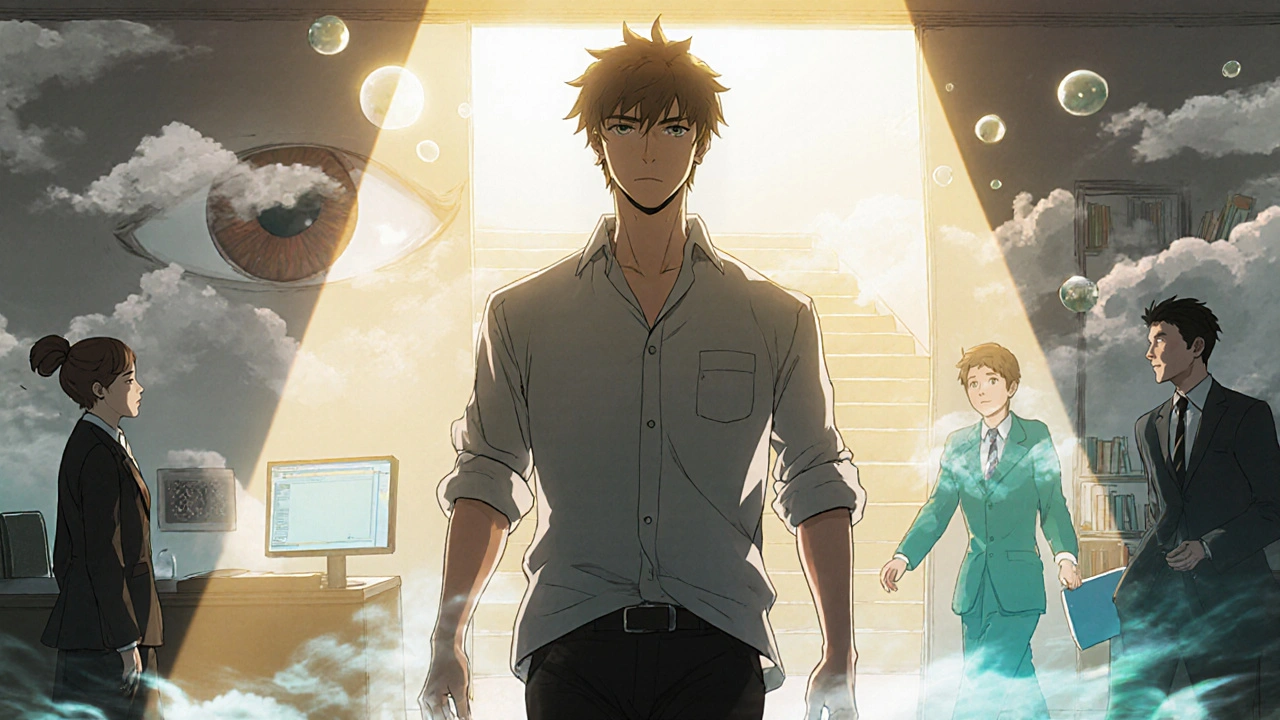
Who Shouldn’t Have Surgery?
Surgery isn’t always the answer. For intermittent exotropia-where the eye drifts out only sometimes-up to 60% of children can be managed with vision therapy alone. The American Academy of Ophthalmology now recommends trying non-surgical options first unless the misalignment is constant and large. Also, if someone has a recent stroke or neurological condition, surgery might be delayed until their condition stabilizes.
And then there’s cost. In the U.S., insurance often requires six months of documented failed non-surgical treatment before approving surgery. Medicare cut reimbursement by 4.2% in 2023. That means some people delay care-or never get it. Globally, access is even worse. In developing countries, only 28% of children with constant strabismus get evaluated by age 5, compared to 72% in wealthy nations.
What’s New in Strabismus Surgery
Technology is making surgery more precise. In March 2023, the FDA approved a new tool called the Steger hook, which measures muscle tension down to 0.5 grams. That helps surgeons avoid over- or under-correcting. Another breakthrough? Pre-op virtual reality training. A 2023 study showed kids who did VR exercises before surgery had an 18% higher success rate. It’s like training the brain before the eyes are fixed.
Some surgeons are now using botulinum toxin (Botox) injections as a temporary fix before surgery. It relaxes the overactive muscle, making the final surgery simpler and more effective. Robotic-assisted surgery is still in trials, but early results show 32% better precision in placing the muscles.
And the trend? More adults are getting surgery. As the population ages, strokes and head injuries are increasing. More people are seeking help for a problem they lived with for decades. The global market for strabismus surgery is expected to hit $1.8 billion by 2027.
When to Seek Help
If your child’s eyes don’t track together after 4 months, see a specialist. If you’re an adult and suddenly see double, get checked immediately-it could be a sign of something serious like a stroke. Don’t wait. Strabismus won’t fix itself. Glasses and patches help some, but if the eyes are misaligned by more than 15 prism diopters, surgery is often the only way to restore normal vision and quality of life.
It’s not just about looks. It’s about seeing clearly. Making eye contact. Reading without strain. Walking down stairs without misjudging the step. That’s what strabismus surgery gives back.
Is strabismus the same as lazy eye?
No. Strabismus is when the eyes point in different directions. Lazy eye, or amblyopia, is when one eye has poor vision because the brain ignores it. Strabismus can cause lazy eye, but not all lazy eye comes from strabismus. The two often happen together, but they’re treated differently.
Can adults get strabismus surgery?
Yes. Adults can and do have successful strabismus surgery. While children have higher success rates due to brain plasticity, adults often see dramatic improvements in double vision, depth perception, and confidence. Adjustable sutures make surgery more precise in adults, and many report life-changing results-even decades after symptoms started.
Does strabismus surgery hurt?
The surgery itself is painless due to anesthesia. Afterward, there’s usually mild discomfort-like a scratchy or sore eye-for a few days. Most people take over-the-counter pain relievers. Redness and swelling are normal and fade within a week or two. Full healing takes about 4 to 6 weeks.
How long does recovery take after strabismus surgery?
Most people return to normal activities within a week. Kids go back to school in 3 to 5 days. Adults may need a week off work, especially if their job involves reading or screen time. Vision therapy usually starts 4 to 6 weeks after surgery. Full visual recovery, including depth perception, can take up to 3 months.
Will I need more than one surgery?
About 20% to 30% of patients need a second surgery to fine-tune alignment. This is especially common if the misalignment is large or if the patient is an adult. It doesn’t mean the first surgery failed-it just means the eye muscles needed a little more adjustment. Multiple surgeries are routine in complex cases.
Is strabismus surgery covered by insurance?
Yes, in most cases. Because strabismus affects vision and function-not just appearance-it’s considered medically necessary. Most insurance plans, including Medicare, cover it. But many require proof that non-surgical treatments (glasses, patches, therapy) were tried for at least 6 months first. Always check with your provider and ask for pre-authorization.
Can strabismus come back after surgery?
It can, but it’s not common. In children, recurrence is rare if surgery is done early and followed by vision therapy. In adults, recurrence is more likely due to aging, nerve changes, or underlying conditions like diabetes or high blood pressure. Regular eye checkups every 1 to 2 years help catch early signs of recurrence.
What are the risks of not treating strabismus?
Untreated strabismus in children can lead to permanent vision loss in the turned eye (amblyopia), poor depth perception, and social difficulties. In adults, it causes chronic double vision, headaches, eye strain, and reduced quality of life. It can affect driving, reading, and job performance. Early treatment prevents long-term damage.

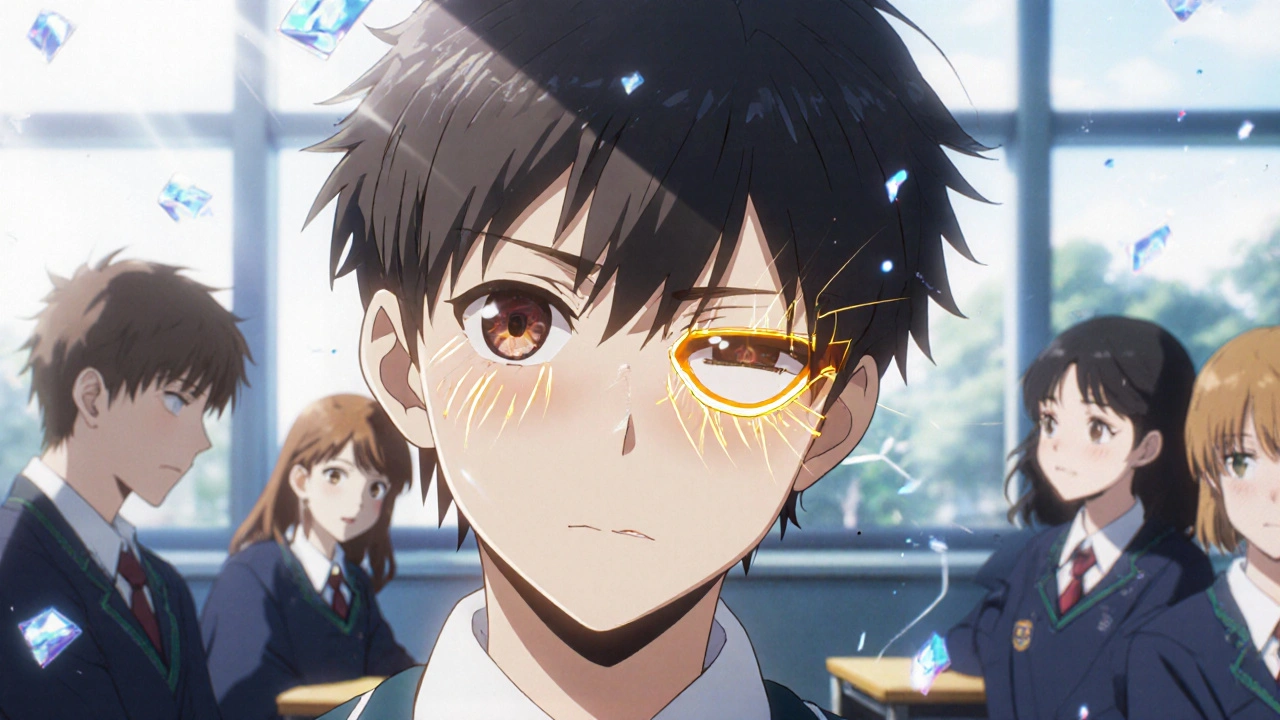



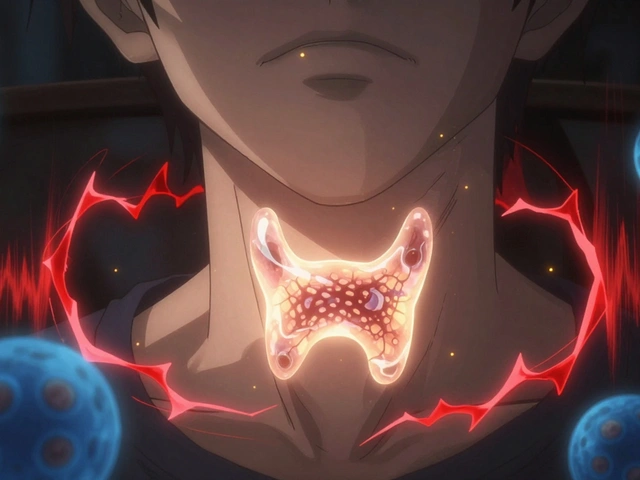
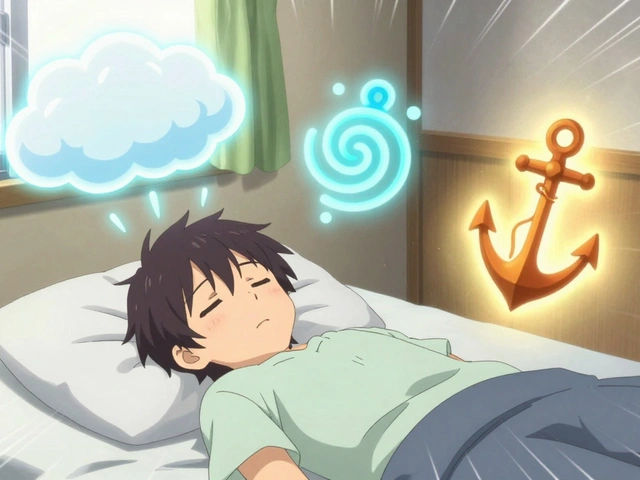



It's wild how much the brain just shuts off one eye to avoid double vision. I never realized it was a neurological workaround, not just a muscle thing. Makes you wonder how many other things our brains are quietly fixing without us knowing.
As a neuro-ophthalmology resident, I can confirm the stats on adjustable sutures-68% in adults is spot on. The real game-changer is intraoperative motility testing under sedation. You get immediate feedback on Y-split patterns and torsional alignment. Most general ophthalmologists don’t even know how to test for A-pattern or V-pattern strabismus. Referral to a pediatric specialist isn't optional-it’s mandatory for anything beyond 15 PD.
They’re lying about the success rates. 60-80%? That’s what the hospital wants you to believe. The truth? Big Pharma and the surgical industry push this because it’s profitable. Botox injections are cheaper, safer, and just as effective-but they don’t make money off a $15k procedure. And don’t get me started on the VR training-they’re using it to condition kids to accept surgery as normal. Wake up.
Okay, but… why is this even a thing? Like, I get it’s medical, but honestly, I’d just wear an eye patch and call it a day. Why go under the knife? Also, why are there so many words? I read half of this and my brain just quit. Can we just… fix it? Or not? I’m confused now.
I mean, I’m not saying this isn’t important, but… isn’t this just like, a really niche problem? Like, who even has this? And why does it get this much attention? I’ve never met anyone with it. Also, the whole ‘social anxiety’ thing feels like a stretch. People just look away because they’re awkward, not because of eye alignment. This post is trying too hard to be profound.
My cousin had this as a kid. Surgery worked. Now he’s a pilot. No double vision. No head tilting. Just normal. That’s it.
Reading this made me cry. Not because it’s sad-but because I didn’t realize how much I was hiding. I turned my head in photos. Avoided eye contact. Thought it was just ‘me being shy.’ Turns out my brain was shutting down one eye since I was 3. I got surgery last year. Now I look people in the eye. And it’s… everything. Thank you for writing this. 💛
Bro, this is one of the most well-researched posts I’ve seen on Reddit. Seriously. From adjustable sutures to VR prep, you covered it all. I’m a dad from Mumbai-my daughter was diagnosed with intermittent esotropia at 18 months. We tried glasses, patching, even yoga for eye coordination (yes, really). Nothing worked. Surgery at age 3? Life-changing. She’s 8 now, reads novels, plays soccer, and doesn’t squint at the TV. Vision therapy after surgery? Non-negotiable. If you’re reading this and hesitating-don’t wait. Your kid’s brain is still wiring. Time is everything. 🙏